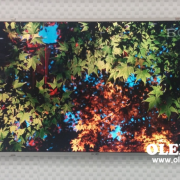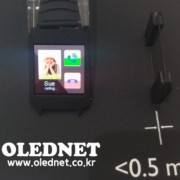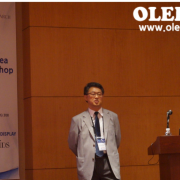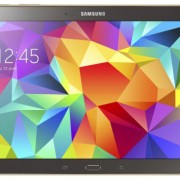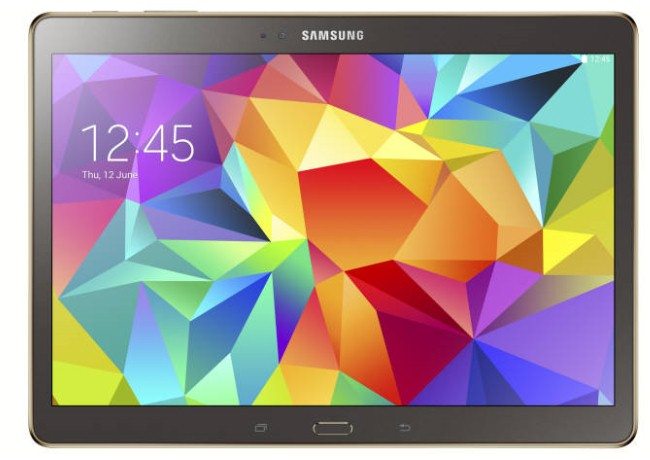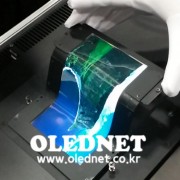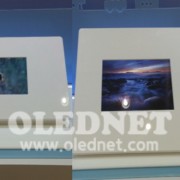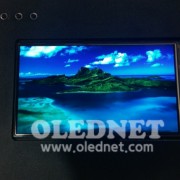Universal Display, concluded a contract to supply PHOLED material to BOE
A Taiwanese IT medium, Digitimes, reported that Universal Display Corporation (UDC) had announced its expanded evaluation agreement for PHOLED material supply to BOE.
Chairman of BOE, Wang Dong sheng said, “UDC is a leading company that supplies PHOLED material. We will lead the development of the OLED industry with partners including UDC by establishing a close cooperative relation.”
BOE is developing panels and modules for 55” AMOLED TV with oxide TFT and WRGB in Gen8 pilot line in Hefei, and displayed 55” FHD AMOLED panel at SID 2014. It also plans to mass-produce small and medium size AMOLED panel from the AMOLED line in Ordos in the latter half of this year.
<BOE’s 55” AMOLED panel at SID2014>

